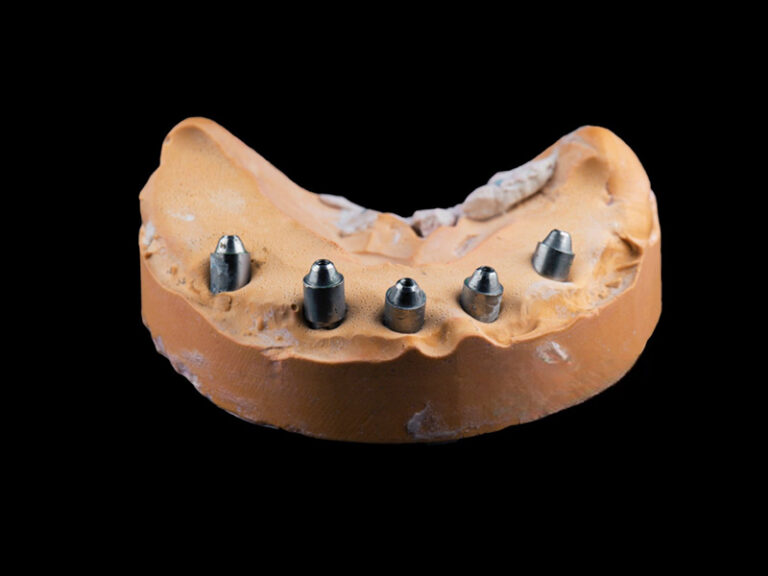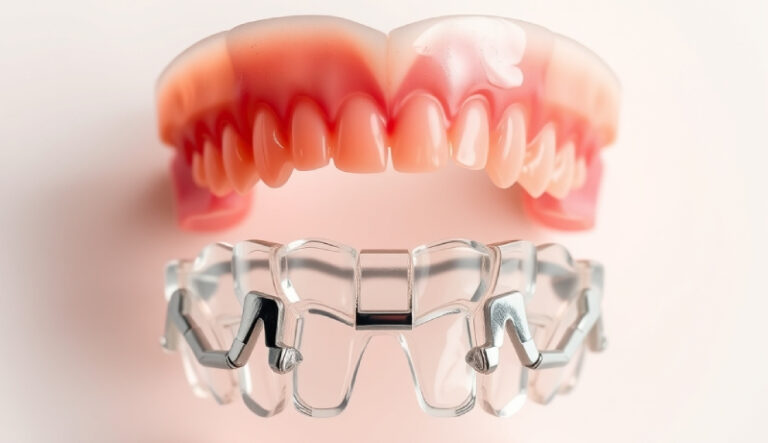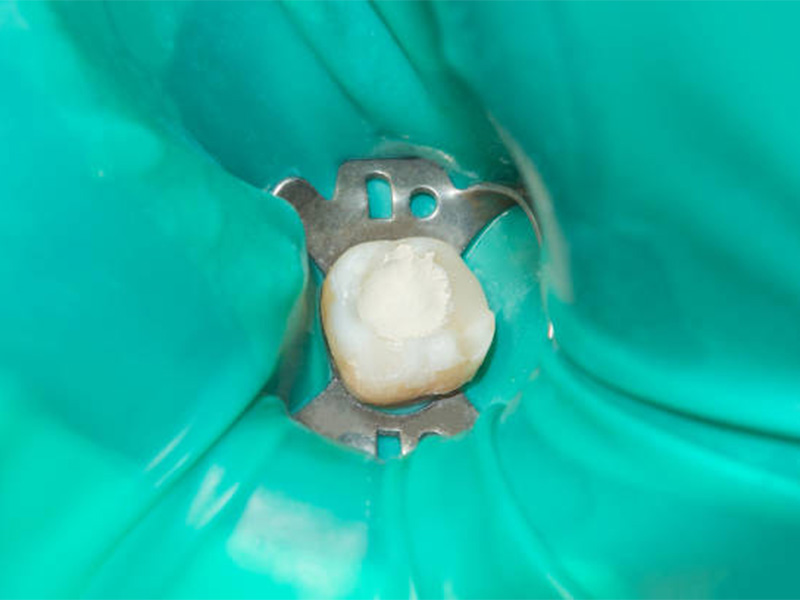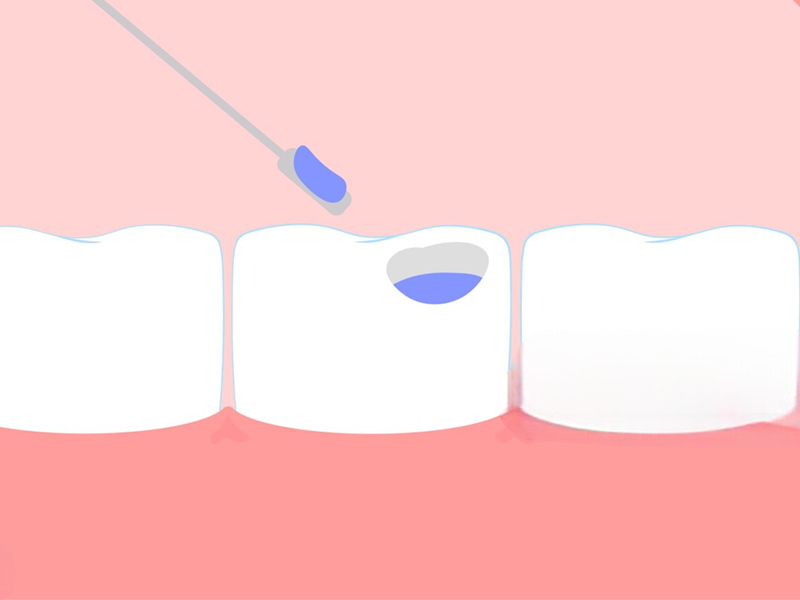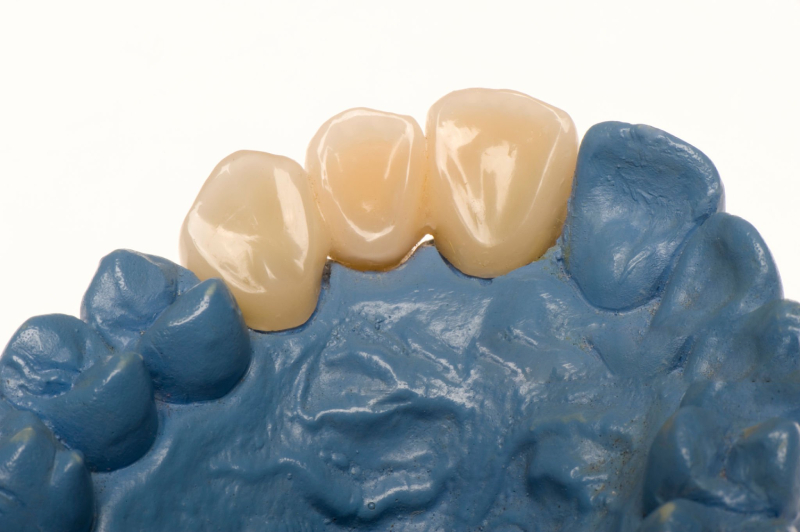
Understanding Hypodontia: When Teeth Don’t Grow
Table of Contents
What Is Hypodontia?
Hypodontia is when some teeth do not grow. It happens to many kids. When you have hypodontia, one to six teeth are missing. They just never form!
Some teeth like to go missing more than others. The most common missing teeth are:
- Second premolars (43% of cases)
- Maxillary lateral incisors (28% of cases)
Hypodontia is not rare! It happens to about 6.4% of all people in the world. That means in a big school with 500 kids, about 32 might have hypodontia.
Girls get hypodontia more than boys. For every boy with missing teeth, about 1.5 girls have it.
Why Do Teeth Go Missing?
When teeth don’t grow, there are big reasons why:
1. Genetic Factors
Your genes can make tooth buds not form right. Two important genes called PAX9 and MSX1 cause problems in about 56% of people with hypodontia.
If your mom, dad, sister, or brother has hypodontia, you might get it too. The chance is about 30-50% higher!
2. Syndromic Links
Sometimes hypodontia comes with other things:
- Ectodermal dysplasia: 72% of people with this have missing teeth
- Cleft lip/palate: 25% of these kids have missing maxillary lateral incisors
- Down syndrome: Many kids with this have hypodontia too
3. Environmental Triggers
Some things that happen when moms are pregnant can cause teeth not to grow:
- Mom gets very sick
- X-rays during pregnancy
- Not enough good food
- Hard hits or infections to baby teeth
How To Know If You Have Hypodontia
Many kids don’t know they have hypodontia until they get older. About 34% find out as teens! Here’s how to spot it:
Signs You Can See:
- Baby teeth stay too long (past age 12)
- Big gaps between teeth
- Small teeth (called microdontia)
- Hard time chewing food
- Talking with a lisp
Hidden Signs:
- Jaw grows in a funny way
- Bite is not lined up right
- Only shows up on X-rays
The best time to check is when kids are 6-8 years old. Finding it early helps fix it better!
How Dentists Find Missing Teeth
Your dentist uses many tools to find out if you have hypodontia:
- Clinical exam: Looking in your mouth for gaps and baby teeth that stayed too long
- Panoramic X-rays: Big pictures of all your teeth and jaw
- CBCT scans: Special 3D pictures that show everything inside your head
- Genetic testing: Checking your genes if other people in your family have missing teeth too
If your dentist thinks you have hypodontia, they might send you to see special dentists called an orthodontist and a prosthodontist. These dentists work together as a team to help fix your smile.
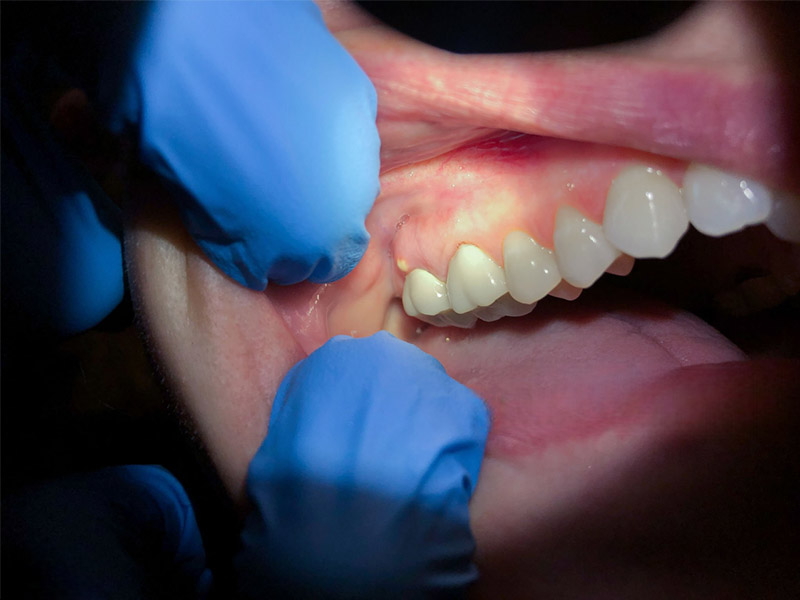
Ways To Fix Missing Teeth
Good news! There are many ways to fix missing teeth. Here are the best ways:
1. Orthodontics (Braces)
Braces can:
- Close gaps if that looks best
- Make space for fake teeth later
- Fix how your bite works
Early orthodontic care cuts down problems by 70%!
2. Dental Prosthetics
These are fake teeth that look real:
- Resin-bonded bridges: Good for one missing tooth (89% success rate!)
- Removable partial dentures: Good for kids still growing
3. Dental Implants
Implants are like new tooth roots made of metal:
- Best for grown-ups with good jawbone
- Need enough bone (at least 3mm wide)
- 92% of people love their implants (compared to 78% with removable dentures)
4. Taking Out Baby Teeth
Sometimes baby teeth that stay too long need to come out to make room for other teeth or prosthetics.
You can learn more about different ways to replace missing teeth with dental implants for the best results.
Why Early Care Matters
Getting help for hypodontia early is very important! Here’s why:
- Helps your jaw grow the right way
- Stops other teeth from moving into wrong spots
- Makes it easier to talk and eat
- Helps kids feel good about their smile
For older kids and teens, hypodontia can make them feel bad about how they look. About 41% of teens with missing teeth feel shy or worried in social settings. [^5] Good news – fixing their smiles makes 65% feel much better about themselves!
Many kids with hypodontia need to see a dental specialist who can make custom orthodontic retainers to help with their treatment.
What Happens If You Don’t Fix Missing Teeth?
If you don’t get help for hypodontia, bad things can happen:
- Bone loss in your jaw where teeth are missing
- Other teeth grow too far out of their spots
- TMJ disorders (painful jaw problems)
- Hard time eating some foods
- Not speaking as clearly
How Much Does Fixing Hypodontia Cost?
Taking care of hypodontia can cost a lot over time – between $12,000 and $25,000 in total. The price depends on:
- How many teeth are missing
- What kind of false teeth you get
- Where you live
- If your insurance helps pay
Sometimes insurance companies pay for part of the treatment, especially for kids. Some dental plans cover prosthetic devices like bridges or partial dentures.
Real Stories: Kids With Hypodontia
Case Study: 14-year-old girl missing four premolars
- First had orthodontic treatment to make spaces right
- Then got dental implants when she was 18
- Three years later: perfect bite and no bone loss
- Her smile looks great and works great too!
For teens with missing front teeth, temporary crowns for front teeth can help while waiting for final restorations.
Questions People Ask About Hypodontia
Can hypodontia be prevented?
No, you can’t stop it from happening. It’s in your genes before you are born. But finding it early helps fix problems!
Is hypodontia linked to other health issues?
Yes, sometimes. It can come with ectodermal dysplasia, cleft lip/palate, and Down syndrome. That’s why some kids need to see other doctors too.
Does insurance cover treatment?
Sometimes. Many dental plans pay for part of the prosthetic devices like bridges or dentures. Ask your dentist’s office to check what your plan covers.
Can adults get treatment too?
Yes! But grown-ups need good bone health for some options like implants. Adults with missing teeth might need special treatments like full arch dental implants if they’re missing many teeth.
Key Things To Remember About Hypodontia
- Hypodontia is common – about 6 out of 100 people have it
- It’s mostly caused by gene problems like PAX9 and MSX1 mutations
- Early check-ups (ages 6-8) help catch it sooner
- A team of dental specialists works together to fix it
- Many great options exist: orthodontics, bridges, dentures, and implants
- Treatment works best when started early
- Success rates are over 90% with modern techniques
If you or your child has hypodontia, don’t worry! Today’s dental care can make smiles whole again. The most important step is seeing your dentist regularly for check-ups.
When To Call Your Dentist
Call your dentist if:
- Baby teeth stay too long after age 12
- You see big gaps between teeth
- You notice some teeth never came in
- Your child has trouble chewing or speaking
- Your child feels sad about their smile
Early help from the American Academy of Pediatric Dentistry or your local dentist is the best way to fix hypodontia and help kids smile with confidence!

